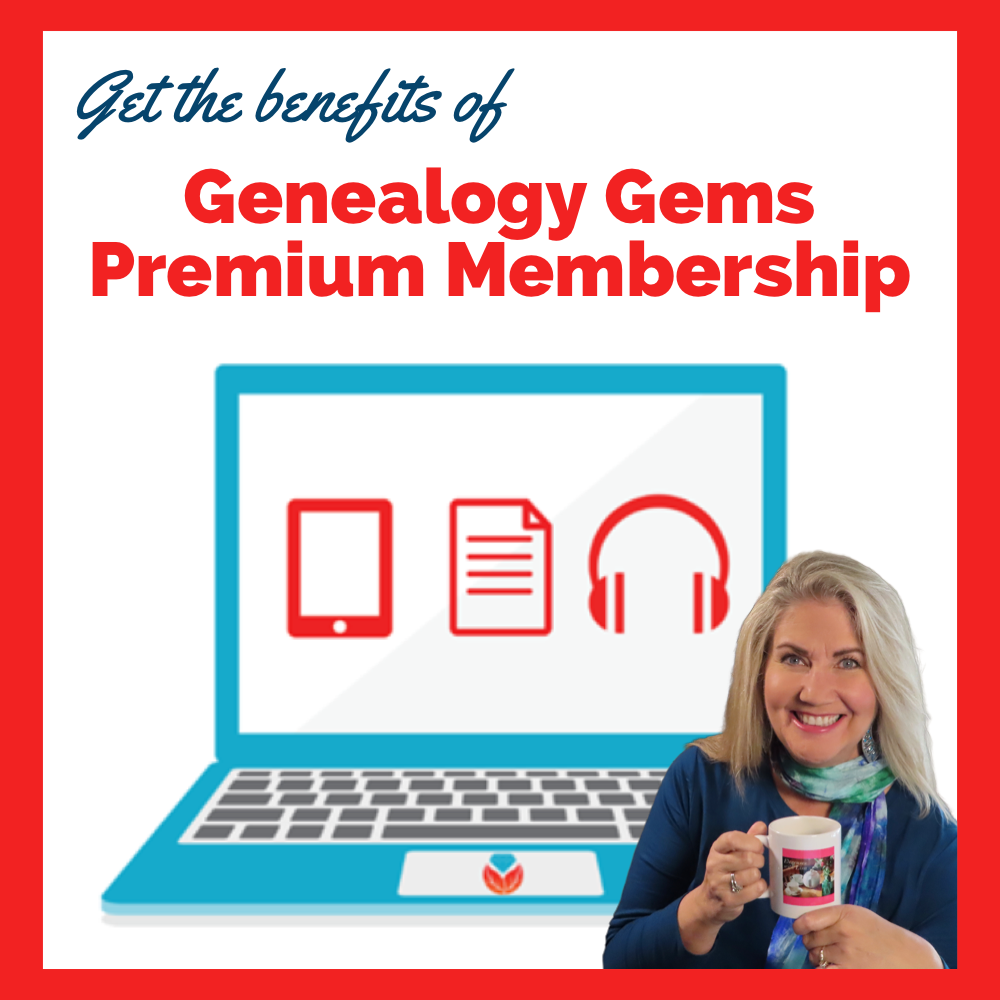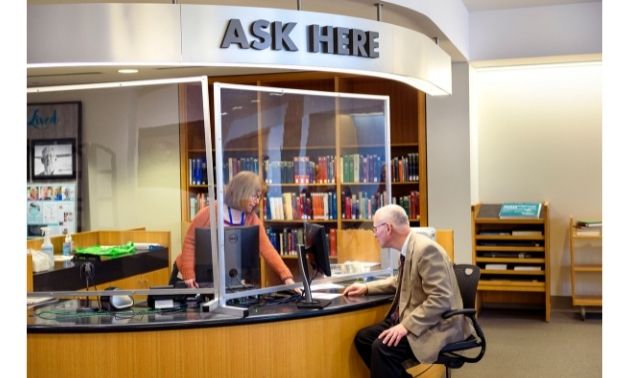AI Update! And should you use ChatGPT or Bard for genealogy research? Audio Podcast Episode 278
AUDIO PODCAST SHOW NOTES: Get the very latest on the major update Google has made to Bard, and the answer to the question “Should I use Bard, ChatGPT, or any of the other chatbots for genealogy research?” I’ve got some surprising answers for you!
Listen to the Podcast Episode
To Listen click the media player below (AUDIO ONLY):
Watch the Original Video
You can watch the video version: SHOCKING RESULTS! Should you use AI Chatbots for Genealogy?
Genealogy Gems Premium Members Exclusive Download:
Download the handy PDF show notes that complement this podcast episode.
Also covered in this episode: Google just announced an update to Bard. New features include:
- Pin and rename conversations
- Export code to more places
- Share responses with friends
- Images in prompts
Become a Genealogy Gems Premium Member
Premium Members have exclusive access to:
- Video classes and downloadable handouts
- The Genealogy Gems Premium Podcast
- Elevenses with Lisa downloadable ad-free show notes PDF cheat sheets
Become a member here. Learn more about Genealogy Gems Premium Membership.

Click to learn more about Genealogy Gems Premium Membership.
Genealogy Gems Podcast App
Don’t miss the Bonus audio for this episode. In the app, tap the gift box icon just under the media player. Get the app here.
Get the Free Genealogy Gems Newsletter
The Genealogy Gems email newsletter is the best way to stay informed about what’s available with your Premium eLearning Membership. Sign up today here.
Our Sponsors:
MyHeritage:
Click here to start finding your family history at MyHeritage
Learn more: watch MyHeritage 10 “Don’t Miss” Features You Need.
Visit Fort Wayne
Fort Wayne, Indiana is the home of the second-largest free genealogy library in the country. Make plans today to visit one of my favorite genealogy libraries!
Learn more at https://www.visitfortwayne.com

Follow Lisa and Genealogy Gems on Social Media:
- Instagram.com/genealogygemspodcast
- Facebook.com/genealogygems
- Pinterest.com/lisalouisecooke
- YouTube.com/GenealogyGems
Resources
Download the handy PDF show notes that complement this podcast episode.

